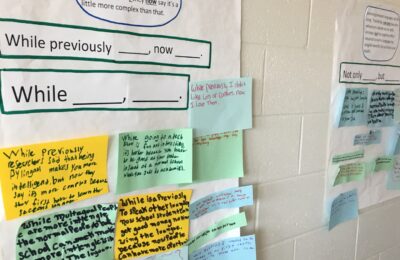
The Chocolate Business
The whole process of how chocolate goes from a tree to a bar on the shelf of a convenience store is fascinating. It’s also a great idea for an extended lesson topic that covers a variety of themes, including farming, economics, geography, science, graphs and statistics, marketing, and food. Since teaching vocabulary thematically (in groups of words related to a single theme, or topic) is effective, and the topic of chocolate allows us to cover all of these themes.
Here is a short sample paragraph about chocolate I adapted for my high-beginner, first year high school students:
Making chocolate is a big business, in which big companies make a lot of money. However, millions of cocoa farmers get very low pay for their work. In 2014, the total global sales of all chocolate was 100 billion dollars – an increase of 20 billion from 2012 (Source: Euromonitor International). Most of the money is made after the cocoa beans arrive in the North part of the world, like Europe and North America. Most of the cocoa farmers are in the south part of the world, in Africa and South America. Most of them have to live with less than $1.25 US dollars a day, so they are very poor. Today, cocoa farmers today get about 6% of the price that customers in rich countries pay for chocolate. So if you pay $1.00 for a chocolate bar, the farmer only gets about $0.06. In the 1980s the farmers got almost three times as much: 16%.
Adapted from http://makechocolatefair.org/issues/cocoa-prices-and-income-farmers-0
Vocabulary:
income (n.) – money from a job cocoa (n.) – the plant used to make chocolate global (adj.) – the whole world
More on this lesson idea soon!


